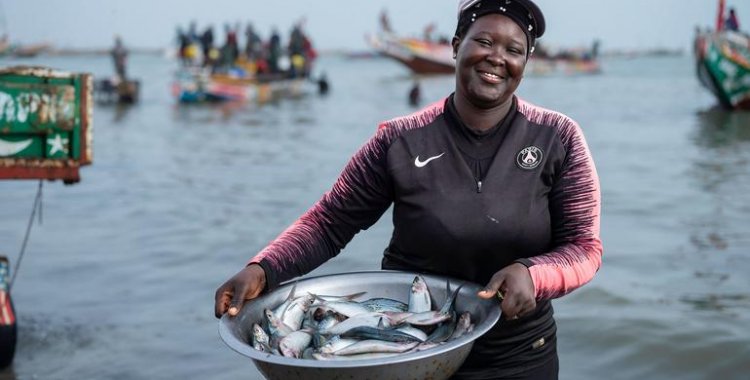According to the Angolan Fisheries Statistical Yearbook 2022-2023, accessed this Wednesday by Lusa, the most important imports include canned goods, dried cod, croaker, and various fish, among others.
Dried cod represented 30.5 percent of all imported products, at 3108 tons.
In the top six countries of origin, Portugal recorded imports of 2528 tons in 2022 and 2245 tons in 2023, followed by Norway, Thailand, and China, the regions with significant imports during the period in question.
Regarding revenue, the Ministry of Fisheries document indicates that the country collected 46.7 billion kwanzas, totaling 57,270 tons, with various fish accounting for the most.
"The volume of exports of crustaceans, mollusks, and various fish increased by 1.3 percent, 14.7 percent, and 21.2 percent, respectively," the document states.
In 2022, exports varied between crustaceans (3972), mollusks (1320), and various fish (20,991), with an increase in export volume in 2023 for crustaceans (4024), mollusks (1513), and various fish (30,987).
The main destination countries for crustaceans were Spain (81.4 percent), Japan (8.6 percent), China (6.3 percent), and the United States (3.7 percent). For mollusks, with squid being the most exported species, the main destination countries were Portugal (66.2 percent), Malaysia (24.4 percent), and China (9.4 percent).
Regarding the export of various fish, with 46,441 tons, the countries that stand out most are Ivory Coast, with 56.1 percent, Ghana, with 26.5 percent, China, with 7.2 percent, Malaysia, with 3.3 percent, and the Democratic Republic of the Congo, with 1.3 percent.
The yearbook highlights that the National Institute of Fisheries and Marine Research (INIPM) conducted cruises during 2022 and 2023 to estimate the biomass of pelagic, demersal, and deep-sea shrimp species, totaling 817.58 million tons.
During the period under analysis, the greatest resource availability was found in pelagic species (horse mackerel and sardinella), estimated at 678,865 tons, corresponding to 83.0 percent of the total estimated biomass.
Pelagic fish, such as sardines and tuna, live in the open ocean, forming large schools, while demersal fish, such as hake and sole, live near the seabed.
Between 2022 and 2023, 502 fishing licenses were issued, with the Purse Seine fishing technique accounting for 49.6 percent of the total, followed by Demersal Trawling, which represents 21.5 percent of the total licenses issued, primarily in Luanda and Benguela.







